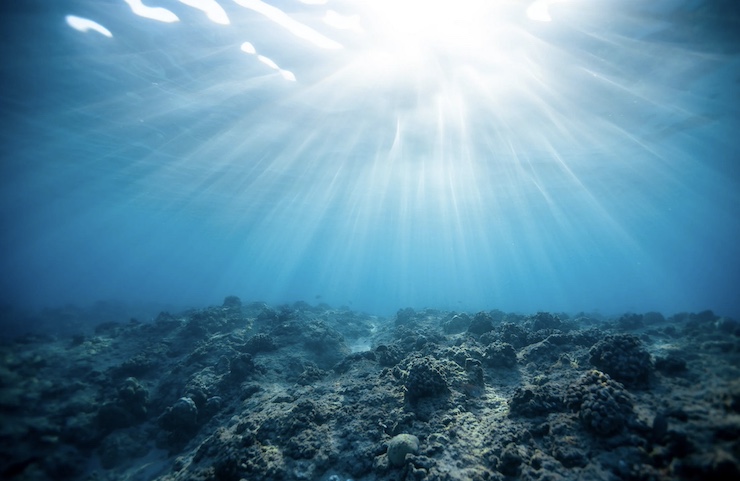
The popular image of a “drone” is a noisy bird-like contraption that whirs and clatters overhead, collecting video footage or making a food delivery. But drones not only fly, they swim, too. Underwater drones, or UUVs, as they’re sometimes called, are beginning to fulfill just as many commercial niches as their aerial counterparts. In fact, the underwater drone market is growing incredibly fast.
From an estimated $3.6 billion in 2022, it’s expected to reach more than $15.4 billion by 2031 – a fourfold increase and a CAGR of 15.9% over the next decade. That’s not quite as fast as the total global drone market, with a CAGR of 25%, but it points to the largely unheralded rise of the UUV component. Drones, it seems, are everywhere now.
Like the broader market, the UUV market can be segmented in various ways – for example by drone size, type or niche. One increasingly popular role for UUVs is underwater inspections. Just as an aerial drone can be programmed or directed to inspect a bridge, hydro-electic dam or oil and gas pipeline, an underwater drone can perform the same work – indeed, on the same structure – below the water’s surface.
Likewise, UUVs, like aerial drones, can aid conservation scientists by inspecting plant and animal life and by sampling and testing water quality. Some UUVs are tethered to a vessel that might also provide the drone with a continuous power source. But just like UAVs, UUVs can be remotely piloted or conduct their missions autonomously.
There’s even a growing recreational market for UUVs, though it’s probably not for newbies. Aerial recreational drones come in all sizes – for adults and children alike. Tots as young as 4 can fly a simple toy UAV in their family’s living room or backyard. Recreational UUVs tend to be larger, heavier and far more expensive. You don’t have to be a millionaire to purchase one, but they’re not for the casual user, either.
A good example is the QYSEA FIFISH V-EVO, which can record 4K video at 60fps while it’s underwater with a 360-degree omnidirectional movement. The camera features a 166-degree ultra-wide lens that can capture images at a depth og 100 meters, thanks in part to a pair of white LED lights that allows for filming in the darkest depths. It’s pricey, though: About $1,300. Some aerial drones for advanced commercial use cost as much or more. But as a largely recreational vehicle that can wow your friends with otherwise impossible to obtain scenes of marine life, the FIFIF-V-EVO is a precious gem.
There are some cheaper models – the Chasing Dory Underwater Drone lists at just $600. Some recreational users want to search for sunken treasure, or just missing items, in which case they might want to purchase a robotic gripper arm that can poke and retrieve these items, possibly hauling them to the surface. Keep in mind there may be state or local laws and regulations that govern UUV use – to protect fish from poaching, for example. While these regs are generally less restrictive than the FAA’s UAV guidelines, they should always be observed.
|